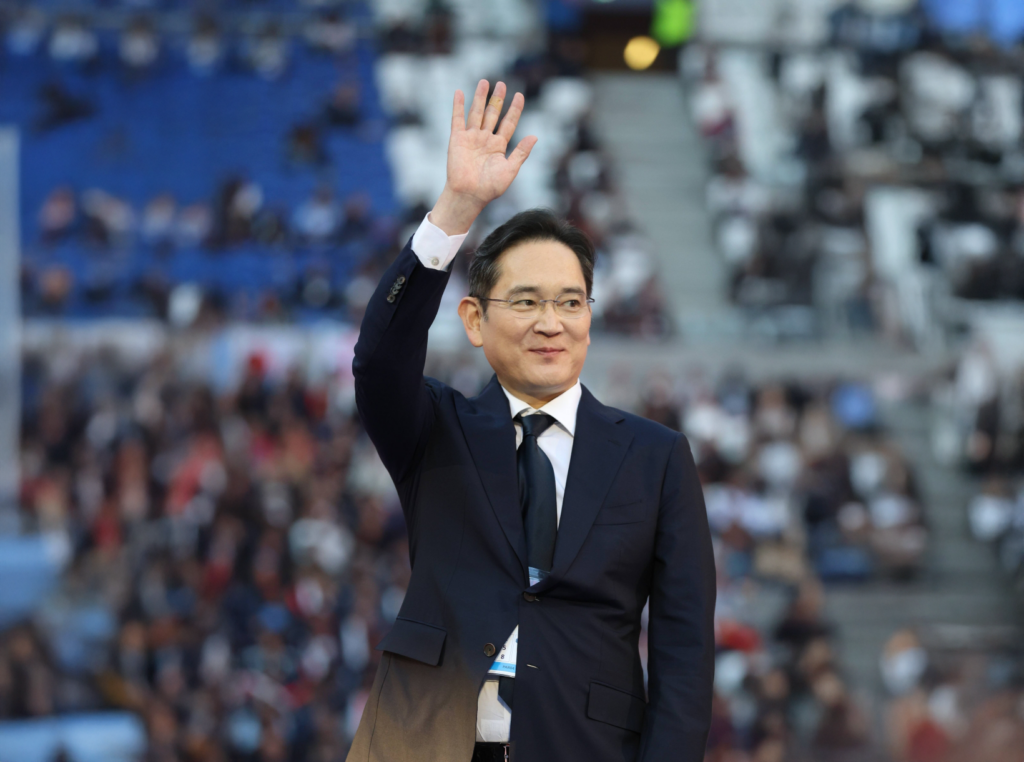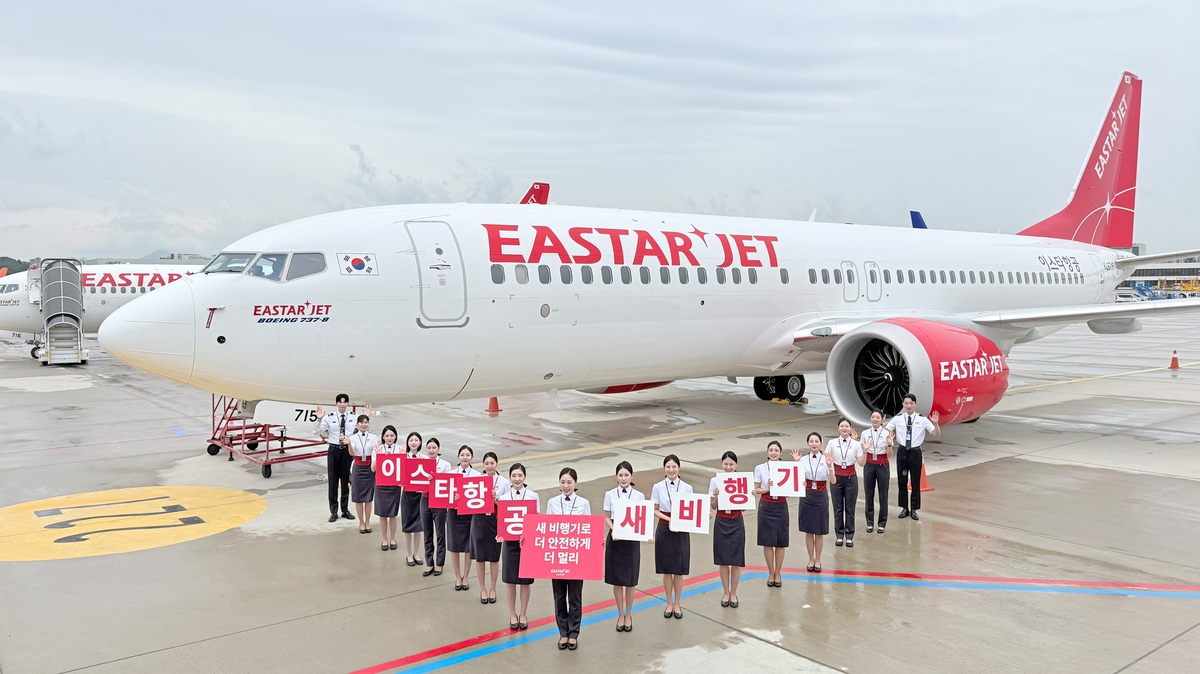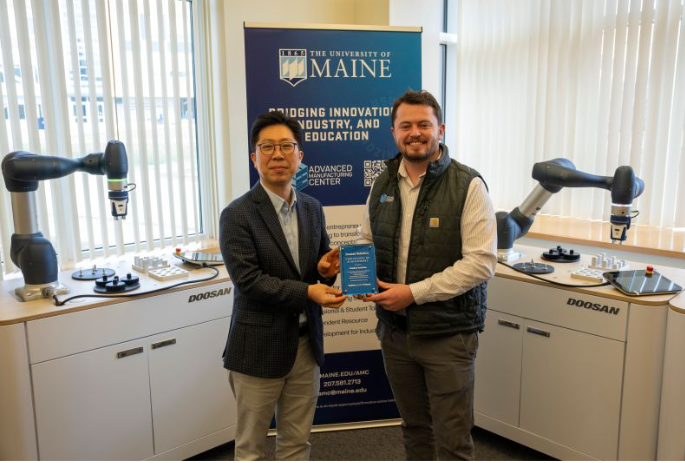
President Donald Trump has approved South Korea’s plan to build nuclear-powered submarines, marking a historic moment in the U.S.–Korea alliance and signaling Washington’s growing willingness to share nuclear-related technology with key allies.
The decision followed President Lee Jae-myung’s formal request during the leaders’ summit in Gyeongju, where he argued that nuclear propulsion was essential for tracking North Korean and Chinese submarines.
Trump later announced that he had granted approval, calling the alliance “stronger than ever” and confirming that the vessels would be built at the Philadelphia Naval Shipyard — a move he described as the revival of America’s shipbuilding industry.
For South Korea, the approval represents a leap in military capability and autonomy. Seoul contends that diesel-powered submarines are no longer adequate to defend its waters, and that nuclear propulsion will allow its navy to operate longer and more effectively.
The program also advances Seoul’s broader goal of becoming a more equal defense partner rather than a dependent under the U.S. security umbrella.
For the United States, however, the decision carries complex consequences. Sharing nuclear propulsion fuel — even without nuclear weapons — blurs long-standing boundaries in America’s non-proliferation policy.
It could also set a precedent for other allies, such as Japan or Australia, to seek similar permissions in the name of regional deterrence.
The move aligns with Trump’s view that allies should take greater responsibility for their own defense.
Lee has pledged to increase South Korea’s defense spending and expand investment in U.S. manufacturing, framing the submarine deal as mutually beneficial.
Yet analysts warn that the decision could further intensify strategic competition in Asia, tying U.S. industry and security commitments more tightly to regional rivalries.
Washington’s approval effectively grants South Korea one of the world’s most advanced naval technologies — and in doing so, underscores a quiet transformation in America’s alliances.
What began as a Cold War-era security pact is evolving into a partnership where South Korea, once a junior ally, now acts as an emerging regional power shaping its own strategic destiny.
















